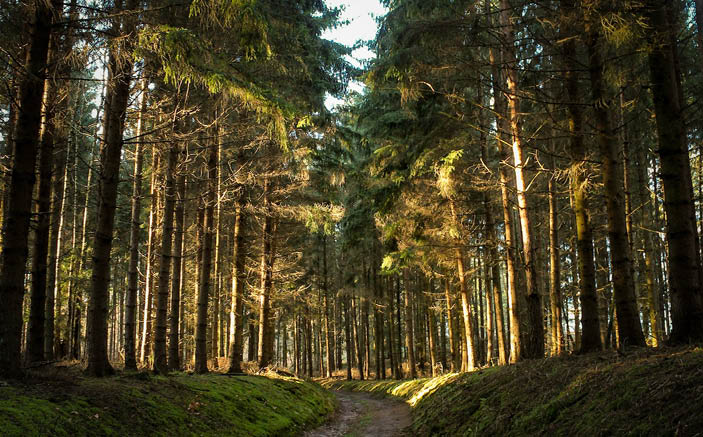Linsey Barclay-Smith
- Partner

Scotland’s forestry market has grown over the last few years with environmental concerns being one of the driving factors.
The importance of this struck me again as I watched the recent news reports about devastating Californian wildfires and again this morning when the Today Programme reported that the UK is heating up faster than anticipated and more quickly than some other countries. Climate change is upon us. We must all educate ourselves about how to try to reduce the effect we are having on the planet and planting trees is something within the grasp of many of us and that we can all understand.
It is a comfort that at governmental level there is at least some activity to deal with climate change. The Scottish Government has pledged to have a net-zero emissions target in Scotland by 2045 and in England it is to be achieved by 2050. As part of realising this ambitious target, the Scottish Government will increase woodland cover in Scotland from around 19% to 21% of the land area by 2032. It has started the planting and has ambitious annual targets but nothing is straightforward and a series of storms, including Storm Arwen which struck last year, brought down millions of trees leading to private and public foresters having to stop planting to deal with emergency work.
The Scottish Government is, as part of its strategy, apparently taking account of The Quantifying and Sustainable Forestry Carbon Cycle Report 2022, which analysed CO2 uptake and was written by the Forest Research Agency. This newly published report confirms that “a diverse range of woodland types can make a significant difference over a 100 year period”. Conifer plantations apparently soak up the highest levels of CO2 in a shorter period of 30 years and native broadleaves and naturally regenerated woodlands can achieve similar results over longer time. So it’s not just a matter of planting trees, what trees are planted will also make a difference.
One important result of all this forestry planting and growth is the upsurge in interest in woodland carbon offsetting, the process of generating and then selling woodland carbon offsets to organisations which want to compensate for or ‘offset’ their emissions. This can be achieved by creating new woodlands, usually in the UK under the Woodland Carbon Code, the quality assurance standard for woodland creation projects in the UK. This scheme is recognised for being supported by robust science, independent validation and verification and a transparent registry where ownership, transfer and use of credits can be tracked.
Finally, creating new woodlands does not just generate environmental benefits. Forests are also recognised for playing a vital role in rural and sustainable development and they provide many social benefits and health benefits. They also help with biodiversity and habitat creation, flood prevention, and water and air quality.
So for a range of reasons forestry is something we need to embrace in the UK and beyond. It can help our environment and our economy, create jobs and wealth and provide us and the plants and animals we share the planet with, with some hope against climate change.
A version of this article was originally published in LandBusiness.
You may also be interested in the following articles: